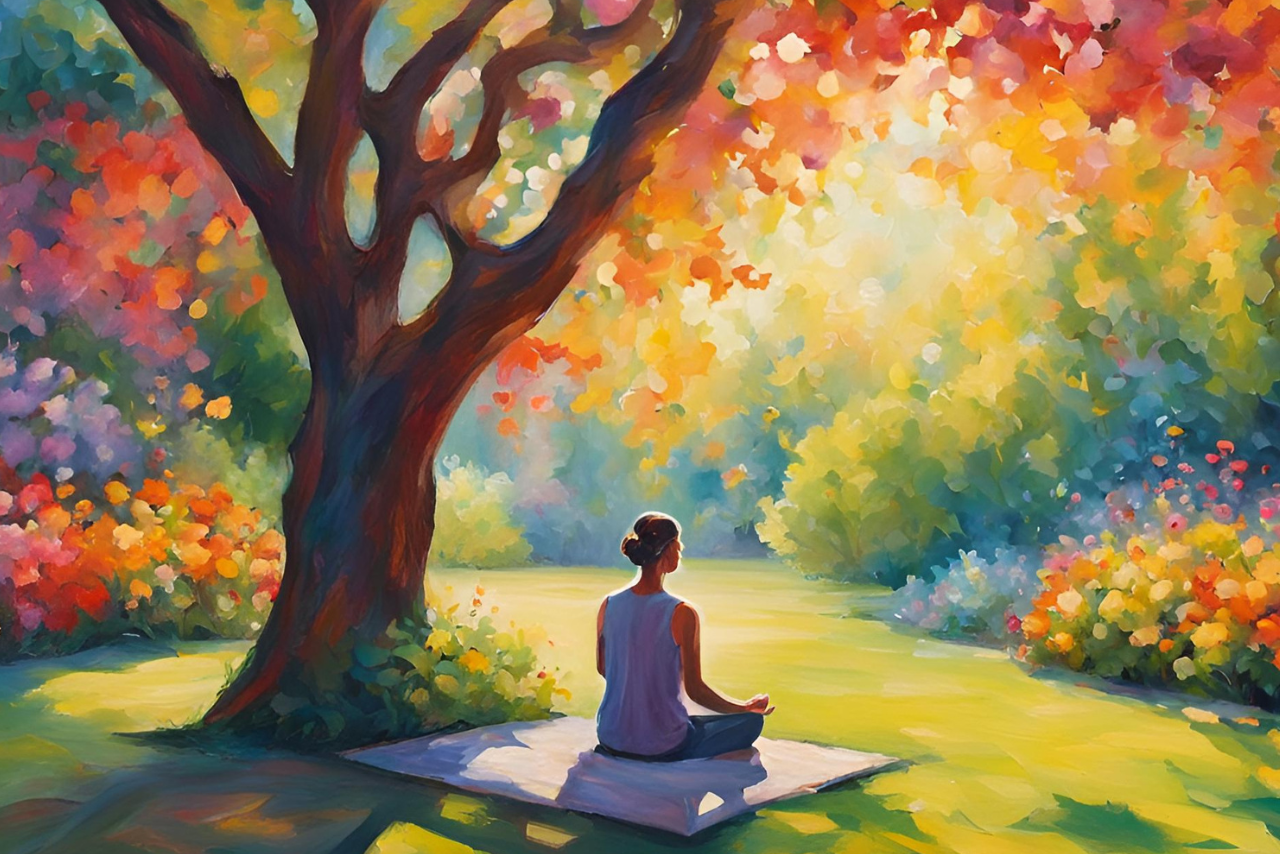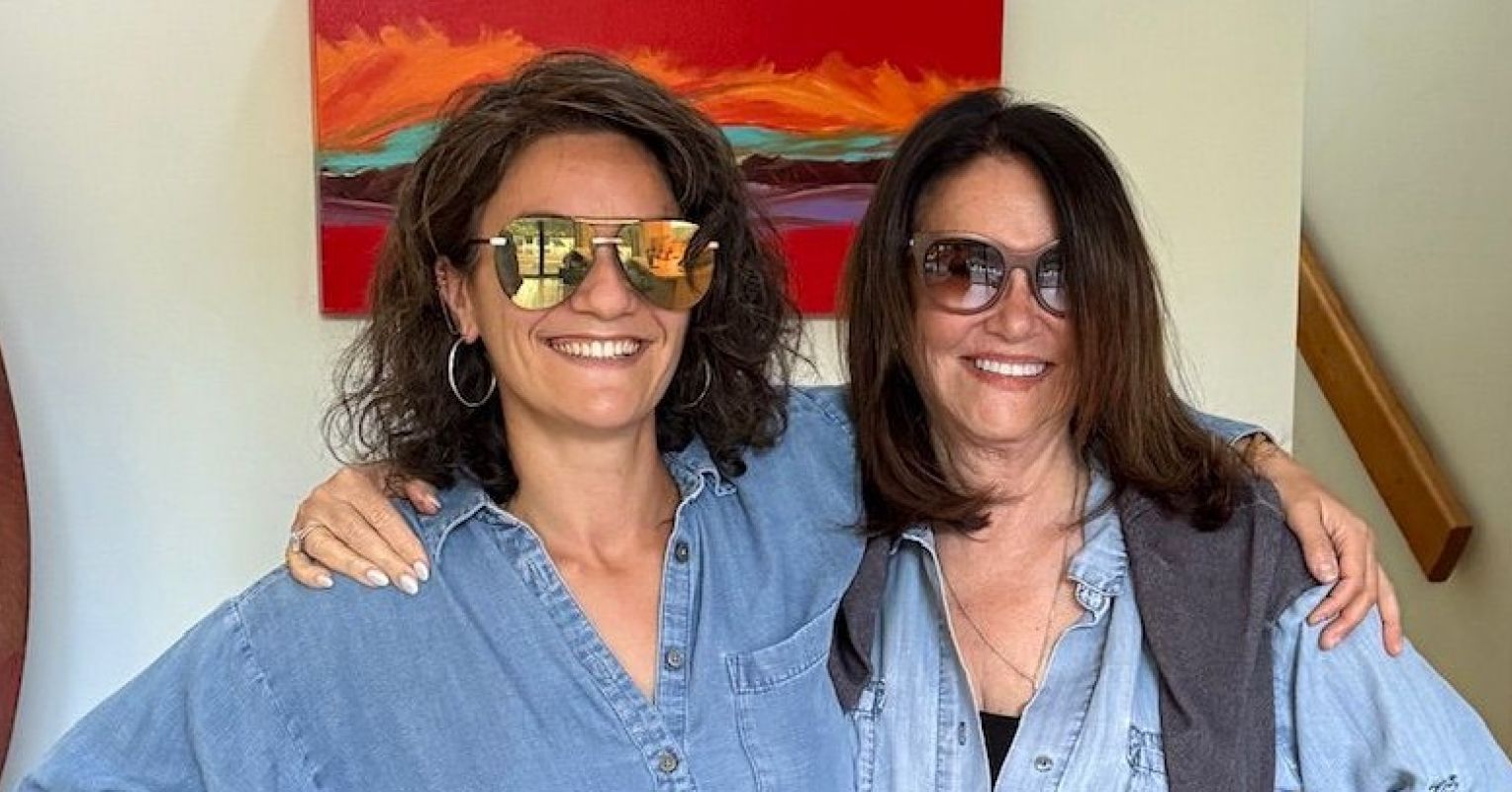“If nothing changes, nothing changes. If you keep doing what you’re doing, you’re going to keep getting what you’re getting. You want change, make some.” ~Courtney C. Stevens
If someone looked at my life when I was younger, they would think that I had it all together. I went to college to obtain my bachelor’s in psychology and social work, followed by my master’s in social work. I have always had good friendships and family relationships. I traveled regularly. I was and still am young and living my life. Little would they know that so much was brewing inside…
The perfect storm of overachieving, perfectionism, stress, and anxiety was brewing until I developed chronic pelvic pain in college.
As an overachiever, I had all of my homework and essays done a week before they were due because if I waited until the last minute, my anxiety would be higher than it already was. I always wrote more pages for my assignments than I needed to. I studied more than I needed to. I always did the most.
As a perfectionist, I bawled my eyes out when I got my first 88% in my child development class. I bawled my eyes out when I got a 20 on my ACT, thinking that I wouldn’t even get into college with that score.
Anxiety. I was a tight ball of anxiety. Always worrying, anxious, and catastrophizing, with whole-body muscle tension, trouble sleeping, and intense restlessness.
A perfect storm.
After graduating from my master’s program, I started working in community Mental health in order to obtain my 3,000 clinical hours for my clinical social worker license.
This whole time I was going from doctor to doctor, trying to figure out what was going on with my body. I was looking for every solution under the sun. I finally found one after working at my first job for about a year. I was so burned out, anxious, and in pain that I took a sabbatical and went to California.
There was a clinic in California that specialized in chronic pelvic pain and anxiety. I thought, “Finally, a place that can help me.”
This is how my meditation journey started. A journey that I now can say changed my life. I do not know where I would be without this powerful practice.
Let me paint the picture of what the clinic looked like for you. I was in a room of about eight to ten fellow anxiety and chronic pelvic pain sufferers lying down in what looked like sleeping bags, tucked in like caterpillars in cocoons.
The psychologist at the clinic started to teach us how to meditate.
He started doing a guided meditation without a script and told us to focus on the feeling of “sinking” when we exhaled, the “ahhhh” feeling. Can you imagine how hard that would be if your anxiety and pain were off the charts?
After what felt like thirty seconds of this exercise, my first thought was, “WE ARE DONE, RIGHT??? That’s all for today. Time to go!!” Being someone who was a tight ball of anxiety, with a million thoughts running through my mind, and lying there in excruciating pain, it felt like torture. I thought I was going to explode.
The worst part was that he kept going. I do not remember how long the meditation lasted. It felt like it lasted for twelve hours when in reality we may have done ten to twenty minutes. Throughout the rest of the clinic, we kept repeating this guided meditation, and it honestly kept feeling awful.
Through dedication and practice, it took me a year and a half, twice a day every day, to be able to do that guided meditation for forty-five minutes. I can say now that the practice of meditation saved my life and dramatically calmed down my nervous system and anxiety.
Here are the lessons that I learned throughout my meditation journey.
1. Start small.
When you want to start something new or create a new habit, start small. Starting big is overwhelming; starting small feels more manageable.
When I first started to meditate, I began with a couple of minutes and worked my way up. After a couple of months, I was able to do ten minutes, then fifteen minutes, then twenty minutes, and so on, until I could meditate for forty-five minutes and it felt like only fifteen minutes went by.
Be compassionate with yourself if it takes a while to be able to master those first couple of minutes. Meditation is difficult when you are first starting out, as is anything you are trying in the beginning. Give yourself the grace to be a beginner, knowing that you are engaging in a powerful practice, and that already is enough.
After putting in the work for over a year and a half, I felt calmer and more present, more able to notice my thoughts without holding onto them, and better able to sit with the sensations in my body with ease.
2. Long-lasting consistency is key for any change you want to make in life.
Trust me, I struggled with consistency for a very long time. I would try out something new for three to four days, and after that time, I would say, “Oh, well, this doesn’t work” and stop doing the thing. I didn’t give the technique time for it to work.
I realized that was the part of me that was impatient and wanted instant gratification and results. I would always tell clients that I worked with, “Trust me, if I had a magic pill that would take away all of your problems, I would give you one and then myself one. Then I would live on a private island and have my own personal dolphin to play with.” Wouldn’t that be cool if life worked that way?
This was a cycle for me that lasted a very long time. It takes a little over two months to create a habit. Once I started to see the effects of meditation, I made sure to make it a daily lifestyle habit, something that I do for my physical and Mental health.
3. Change is uncomfortable. Meditation was and still is comfortable.
Change sucks. Learning something new sucks. I also learned that in that moment, I could do something that was going to be hard and in the end be helpful, or I could stay stuck. I had a choice, and I knew that I could not stay stuck in super high levels of anxiety and chronic pain. I knew something needed to change despite feeling uncomfortable.
“Life is the difference between what hurts and what hurts more.” ~Nicole Sachs, LCSW.
Meditation was SO uncomfortable in the beginning. My brain felt like a game of ping pong with so many thoughts and sensations going on in my body. I had a really hard time focusing on the sinking feeling of my body during meditation because I became distracted with anxious thoughts and pain. Over time, it became easier until I was able to just focus on the sinking sensation or my breath. As with anything in life, practice makes progress.
I do not meditate for forty-five minutes anymore. I use the Calm app and do the daily meditation for ten minutes. There are days that focusing on my breath is still challenging because of anxiety, pain, or the thoughts running through my mind.
As with life, there are moments where days are harder and easier. What has helped me is to accept whatever is happening in the moment, which also takes practice. I have created compassion for myself when meditation feels harder for me. No judgment. I am human.
4. You cannot run away from your mind and body.
What I learned from my meditation practice is that you cannot run away from what is happening inside your mind and body. Your mind and body will keep giving you a thought or sensation until you are fully able to sit with it and accept it in the moment rather than sweeping it under the rug because it feels uncomfortable or scary.
It is uncomfortable and scary. By running away from it, it’s also reinforcing the pattern and showing your brain and nervous system that the thought or sensation in your body is a threat.
During my meditation practice, I had to sit with whatever was happening in my body: intense pain, tightness in my chest, queasiness in my stomach, “what if” thoughts in my mind, tightness in areas of my body—you name it. I had to feel all of it.
At first, I hated it and it was terrible, but then it became easier. I had to learn to accept my body and its protection, because that is what it was doing. That acceptance turned into compassion, which turned into reduced symptoms.
Your body and brain will keep giving you symptoms until you have processed them, accepted them, and turned off the danger signals.
As with anything that you do, it will get easier with time and practice!
I want to add a caveat that if you are having chronic pain, please consult a medical professional to rule out anything structurally happening with your body. I had every test and scan done under the sun, and my body was and still is normal, physically. Also, with anxiety, if you need support, there are many wonderful places to receive it, whether through therapy or online forums.
About Gabby Wnek
Gabby Wnek is a licensed clinical social worker and a burnout and anxiety coach. Through her coaching services, Gabby supports highly anxious, burnout women to increase awareness of burnout, how to create change to decrease burnout, and how to build your own “formula” of skills and techniques for anxiety and stress. Grab her FREE guide: 5 Tips you need to know to Overcome Burnout, Anxiety, and Stress at gabbywnekcoaching.com.













